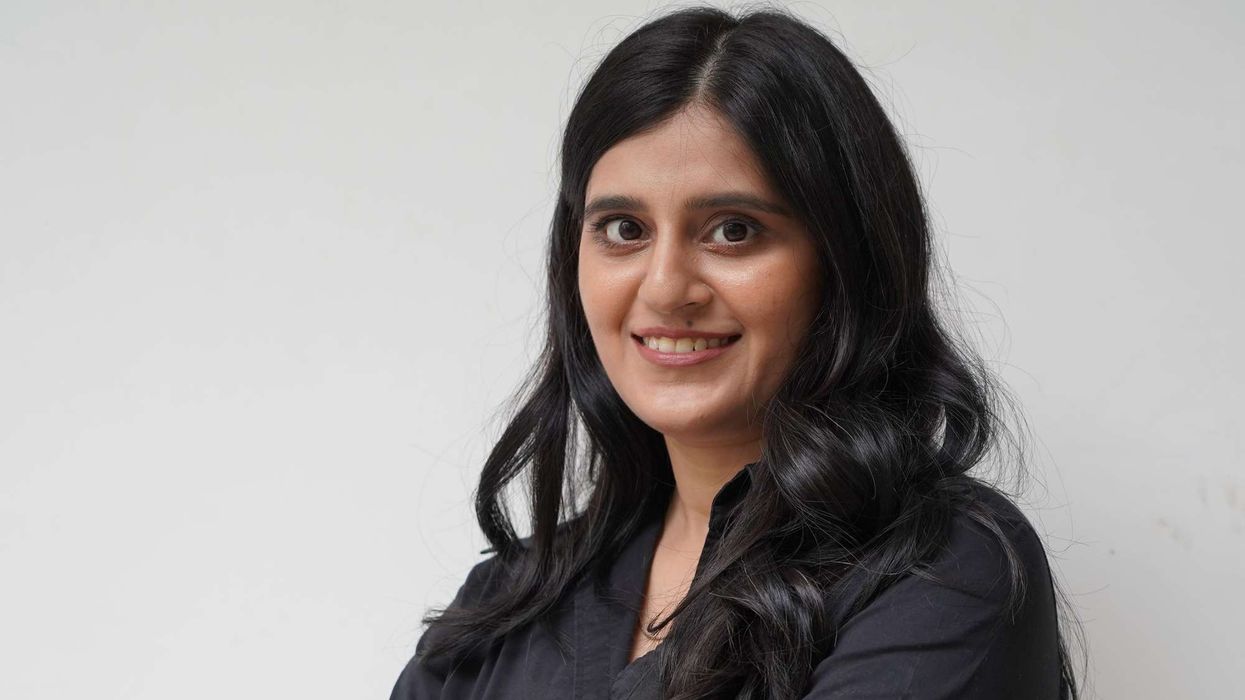Eid is one of the most joyous and important festivals in Islam, celebrated twice a year by Muslims worldwide. However, it’s common to see variations in the exact day of celebration, even within the same country. Some may celebrate on one day, while others may observe it the next. This divergence can sometimes confuse people outside the Muslim community and even among Muslims themselves. But the reasons for this variation are rooted in Islamic traditions and differing interpretations of how to determine the Islamic calendar.
Here are the three main reasons why Muslims don’t always celebrate Eid on the same day:
1. The lunar calendar and moon sighting methods
Islam follows the lunar calendar, where the months are determined by the phases of the moon. Eid al-Fitr, which marks the end of Ramadan, is celebrated on the first day of the month of Shawwal, while Eid al-Adha occurs on the 10th of Dhul-Hijjah during the pilgrimage of Hajj. These months only begin after the new crescent moon is sighted.
The differences in celebrating Eid come down to how the new moon is sighted. Traditionally, the Prophet Muhammad (PBUH) instructed Muslims to begin the new month by physically sighting the moon. This practice still holds great significance today, but methods for determining the start of the new moon can vary.
Some Muslim communities rely on local moon sightings, meaning they wait until the moon is visible in their region before declaring Eid. If the moon is hidden by clouds or not visible, they may celebrate a day later than other regions. For example, Muslims in Australia might wait for a local sighting, even if nearby countries have already seen the moon. This is one reason why different parts of the world, or even different cities within a country, might celebrate on different days.
On the other hand, some Muslims follow a global moon sighting approach. This means they believe if the moon is sighted anywhere in the world, then that sighting should be accepted by all Muslims globally. Saudi Arabia is often considered a central authority in this approach due to its religious significance as the home of Mecca, and some Muslim communities follow Saudi Arabia’s announcement for the start of Eid.
2. The use of astronomical calculations
Another key factor is the use of astronomical calculations to determine the moon's cycle. In recent years, some Muslim countries and organizations have adopted this method, relying on scientific data rather than waiting for a physical sighting. Countries like Turkey and parts of Europe use these calculations to pre-determine the start of months and set the date of Eid months or even years in advance.
The rationale behind this approach is that modern astronomical tools can accurately predict the moon’s birth, making it easier to plan religious holidays and public events. Some scholars argue that as long as the moon has been born, it’s acceptable to declare the new month without needing a physical sighting.
However, this method has its critics. Many scholars and traditionalists believe that moon sightings should be done as they were during the Prophet’s time—by sighting it with the naked eye. For them, physically witnessing the moon is an essential part of the religious ritual. This difference in interpretation leads to some Muslims celebrating Eid based on calculations, while others wait for an actual sighting, causing a discrepancy in dates.
3. Cultural and national differences
In Muslim-majority countries, the government typically takes responsibility for declaring the official date of Eid, ensuring that everyone in the country celebrates on the same day. For example, in Saudi Arabia, the Supreme Court announces the start of Eid based on moon sighting reports. This decision sets the timing for Eid prayers and public holidays for the entire nation, ensuring unified celebrations across the country.
However, in multicultural societies like Australia, the UK, or Canada, Muslims come from diverse cultural backgrounds with varying interpretations of religious practices. Some communities follow the moon sighting reports from their home countries, while others rely on local announcements or decisions made by national religious bodies. For example, in Australia, groups like Moonsighting Australia declare Eid based on local moon sightings, while others follow the Australian National Imams Council or rely on moon sightings in their country of origin.
A survey conducted by the ISRA Academy in 2023 among over 5,500 Muslims in Australia revealed these differences. While some followed local religious authorities, others adhered to decisions from their country of origin, or from countries like Turkey or Saudi Arabia. These diverse practices reflect the rich cultural and ethnic makeup of Muslim communities, but also contribute to differences in when Eid is celebrated.
Rich diversity within the global Muslim ummah
While it might seem confusing or even divisive that Muslims celebrate Eid on different days, this variation is rooted in sincere religious traditions and interpretations. Whether it’s the method of moon sighting, the use of astronomical calculations, or cultural influences, these differences reflect the flexibility within Islamic practices to accommodate various contexts and communities.
Rather than seeing these variations as a source of division, many Muslims view them as a testament to the rich diversity within the global Muslim ummah. At the heart of Eid, no matter when it is celebrated, is the shared joy of coming together in worship, gratitude, and community. As the Muslim population grows and becomes more connected across the world, the different ways of celebrating Eid serve as a reminder of the unity in diversity within Islam.














